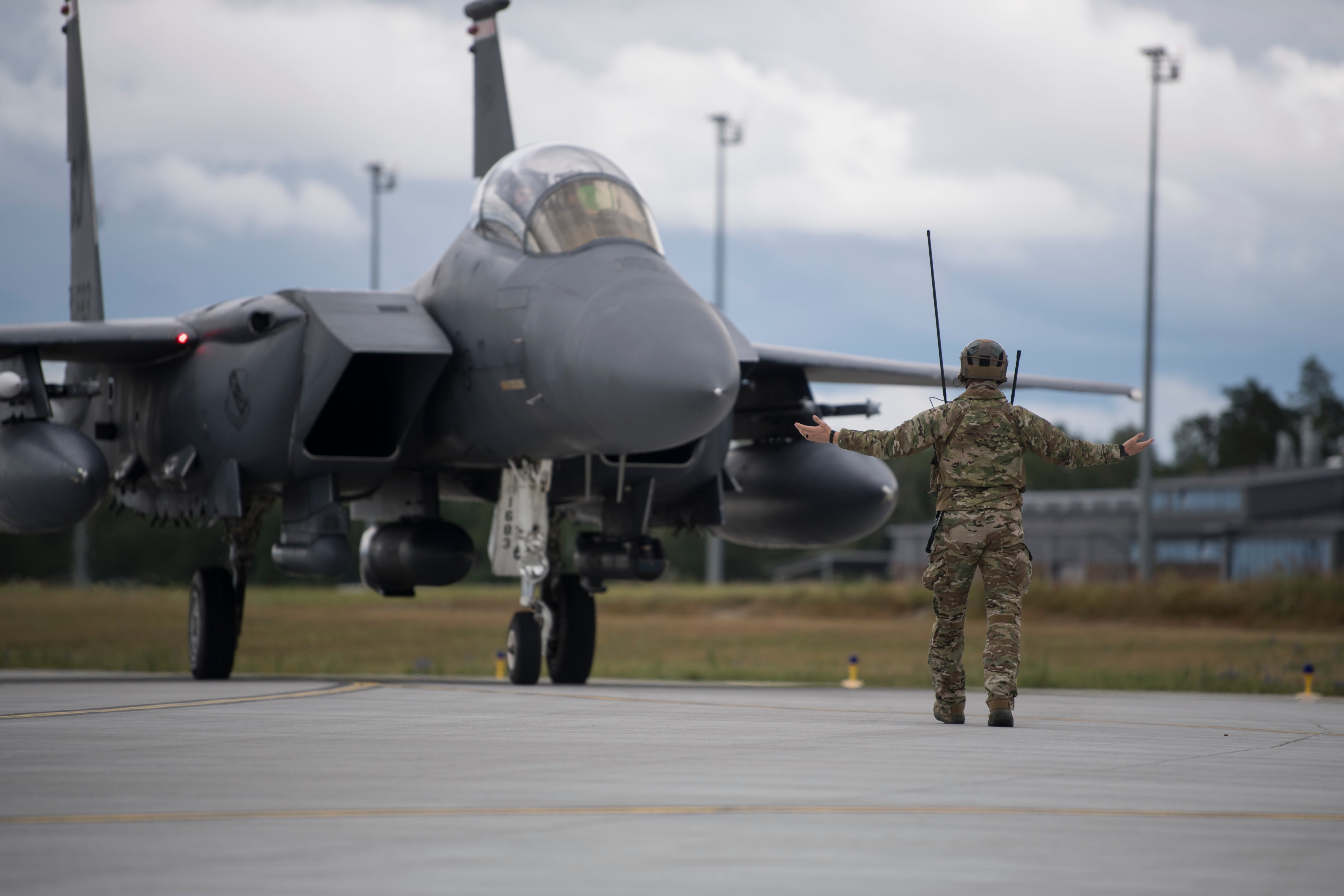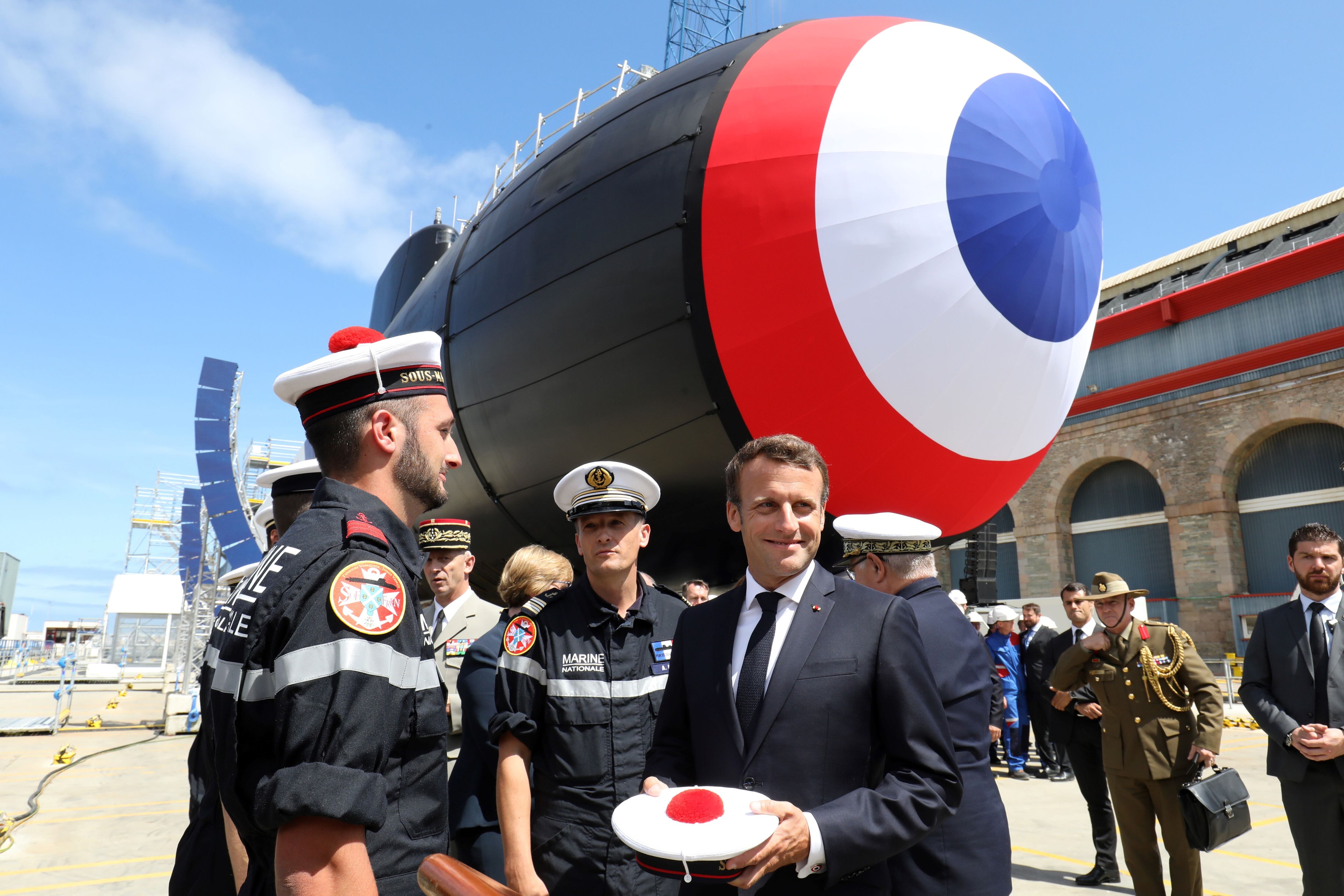LONDON – Britain’s defense ministry is stepping up its interest in hypersonics with a $12 million contract to Rolls-Royce and its industrial partners to develop high-Mach aircraft propulsion systems.
The British intend to place a two-year deal with industry to undertake design studies, development and experimentation of propulsion systems, Air Chief Marshal Sir Stephen Hillier told an audience of senior officers and industry executives at the Air and Space Conference which opened in London July 17.
The deal is not the only hypersonics-related plan the British revealed at the conference.
Air Vice Marshal Simon (Rocky) Rochelle, the chief of air staff capability, said the British, along with others, were looking at how to rapidly introduce such weapons into the RAF’s inventory.
Rolls-Royce, BAE Systems and Reaction Engines with its Sabre hypersonic propulsion system will lead the effort.
Earlier this year Reaction Engines, in which BAE and Rolls-Royce have an interest, achieved a significant milestone in development when ground tests saw the company’s unique pre-cooler technology simulate flying faster than three times the speed of sound.
Reaction Engines say they expect the heat exchanger technology to achieve Mach 5, which is considered the speed at which the realm of hypersonics begins.
Hillier said using the pre-cooler technology on the EJ-200 gas turbine engine, which currently powers the Typhoon fighter jet, was one option being considered.
RELATED

“That’s the sort of idea that we are looking at for the moment, but you shouldn’t read into that we are somehow going to achieve a hypersonic Typhoon,” said Hillier, who is soon to retire from his post as chief of the air staff.
At a briefing with reporters following his speech, Hillier said it was too early to start talking about a platform being earmarked for a hypersonic power plant.
He did, however, say that it was “part of the technologies being developed in parallel with Project Tempest,” Britain’s sixth-generation fighter program.
“I don’t want to commit at the moment. … We are genuinely at that early stage where we need to work through with the engine and find out what is its potential and alongside the Tempest ask what do we want that platform to be, and is there a proper congruence between the two,” said Hillier.
The British are in the early phases of developing a possible future fighter platform, having revealed Project Tempest at the Farnborough air show last year. First flight is projected for around 2035.
Hillier said the propulsion work would allow the UK to become a center of excellence in this technology and contribute to meeting future national defense needs.
The small British investment in the high-Mach technology comes against a background of rapidly increasing rivalry between Russia, China and the United States in the development of hypersonic weapons, a race in which the Moscow appears to have stolen a lead with its Kinzhal and Avangard missiles allegedly being close to service.
The Avangard is said by the Russians to be 27 times faster than the speed of sound.
Air force officials at the conference here said the British had been taken by surprise by the speed with which the Russian hypersonic effort had matured.
France, India and Japan are among those also looking at hypersonic developments.
RELATED

Britain is now looking at what it can do to quickly develop hypersonic weapons in the Mach 5 class, according to Rochelle.
“We are working with some other people to see whether we can generate a Mach 5 capability in four years,” he said.
“There will be others pursuing higher and fast speeds … but much beyond that speed you start to change the chemical properties, the physical properties and metallic properties within the actual weapon system,” he said.
The British do have a track record in high-speed weapons, for example through MBDA’s Meteor missile, which can fly at around Mach 4, and other military lab work.
Rochelle said that around 80 percent of the Western fighter inventory will still be fourth-generation combat aircraft.
“Part of the reason for rapidly developing high-speed weapons was to enable those aircraft to maintain their edge," said Rochelle.
“There is a challenge and competition now going on at range, at speed, at pace and we have to mobilize ourselves to be ready to take that on,” he said.
Hillier said that Britain had noted carefully what the Russians were doing but it wasn’t the main reason behind the move to bolster hypersonic capabilities here.
“Arguably the most important reason is that over the last three decades we have enjoyed unparalleled advantage in air and space allowing us to do operations in Syria, Iraq, Libya, and elsewhere. Potential adversaries have spotted this, and we now face increasingly sophisticated integrated air defense systems. Their goal is to deny us access to their airspace, if we can’t get access to an adversary airspace then we really do have a problem. One way to get around that is speed,” he said.
Andrew Chuter is the United Kingdom correspondent for Defense News.








